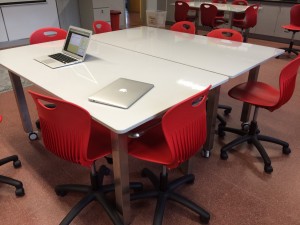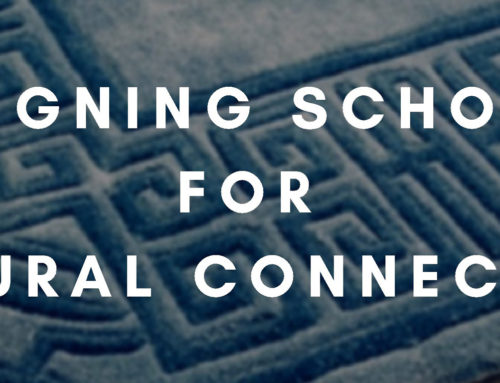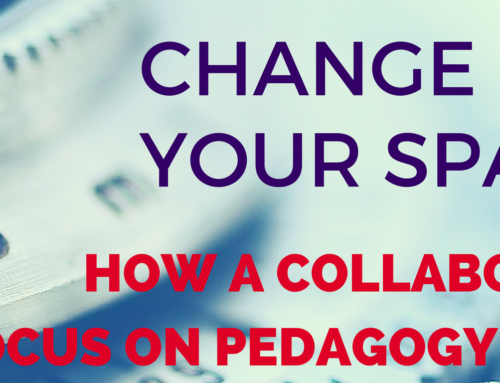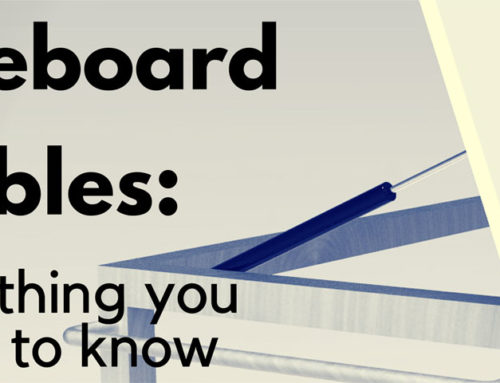September has just begun and for most of us it is time to head back to school for a new school year. The new school years offers us many opportunities, especially when we consider setting up or modifying our learning spaces. Here are 5 questions to ask regarding your learning space.
1. Ask yourself about seating- Do you really need 25 chairs – one for each student? Or could you gain space in your room by mixing the seating options between sofas, stools, and beanbags?
2. Ask yourself about desks – Desks are a cumbersome and limiting classroom tool. Yes they provide some flexibility in the sheer number of ways they can be arranged, but realistically nobody wants to move 20+ desks around according to the style and structure of the planned lesson. What really happens? We leave the desks in the standard configuration and miss the opportunity to take our teaching to the next level. Instead opt to build your spaces around hard writable surfaces tables, coffee tables, window ledges and hey the floor works too. Kids love to work in varied spaces.
3. Ask yourself about posters – Ever feel the rush to get your class setup or ‘decorated’ for the parents (I, mean, er, students). I consistently notice the start of the year scramble from teachers. Instead, why not start with a blank canvas and have students co-construct the space? Build your anchor charts together and let the students work shine.
4. Ask yourself about flexibility – How can you use the range of spaces in your room to improve your teaching? Can you audit your space and identify 3 to 4 different ways that you use your classroom for various purposes (e.g. whole class instruction, group work, independent inquiry)? Make sure your space facilitate all of these to the best of its ability. The physical changes in the room maybe subtle or they maybe huge but they should be easy accomplished through your facilitation.
5. Ask your students for input- Education as we know is a partnership between mentor, student and parent and the classroom should reflect that relationship. Put your students first and engage them in the conversation regarding space. Ask their opinion and be willing to try out their ideas. Experiment with space and learning and help students identify how and where they best learn.







